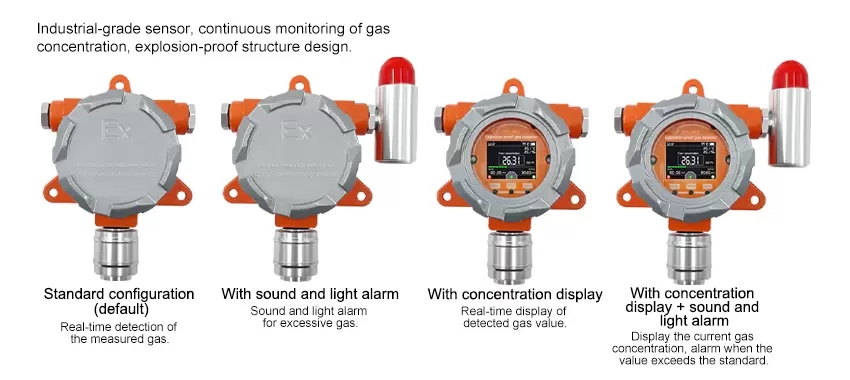Air pollution has been a growing concern all around the world, and it's contributing to a wide range of health problems ranging from respiratory diseases to heart attack. While air pollution has been around for centuries, it's only in recent years that researchers and policymakers have begun to take it seriously. A critical aspect of addressing air pollution is monitoring the air quality in real-time and getting accurate data. Fortunately, technology has advanced significantly, making gas sensors a reliable and cost-effective solution for air quality monitoring.
Gas sensors are a crucial tool used to monitor air quality. They are electronic devices that detect and measure the concentration of specific gases in the air. The sensors operate by detecting the presence of a gas molecule and creating an electrical signal proportional to the concentration of that gas. These signals are then processed and analyzed to determine the air quality.
In recent years, gas sensors have revolutionized air quality monitoring. With new technologies, gas sensors can detect even trace amounts of pollutants in the air, providing more realistic and precise measurements of air quality. They are also becoming increasingly smaller, lighter, more affordable, and require minimal maintenance, making them accessible to ordinary citizens and organizations.
The benefits of gas sensors in air quality monitoring are numerous. Firstly, gas sensors provide detailed data on the composition of the air, including the different types of pollutants present. This information is crucial for governments, policymakers, and citizens to develop strategies to address air pollution, identify sources of pollution, and reduce its impact on human health. Secondly, gas sensors allow for real-time monitoring of air quality, enabling prompt action when levels of pollutants exceed safe thresholds.
Gas sensors have been widely adopted in various applications, including industry, smart cities, and environmental research. In industrial settings, gas sensors play a vital role in ensuring worker safety. Manufacturing plants and chemical factories use gas sensors to monitor gases like carbon monoxide, nitrogen dioxide, and benzene, which are hazardous to human health. In smart cities, gas sensors provide real-time data on air quality, enabling citizens to make informed decisions about their daily activities and reducing exposure to poor air quality.
One of the most significant areas where gas sensors are making a difference is in environmental research. Researchers can use gas sensors to monitor pollutants and their sources. For instance, scientists can track how traffic and industries are contributing to air pollution. This information helps in determining the effectiveness of policies aimed at reducing air pollution and designing better strategies for addressing the problem.
Gas sensors have their limitations, however. While they are highly accurate and reliable, they are not perfect. Certain factors can influence their readings, such as temperature, humidity, and pressure, which can lead to errors in analysis. Additionally, gas sensors may not always be able to detect all types of pollutants, so there is still a need for other types of monitoring devices, such as particle sensors.
In conclusion, gas sensors are playing an increasingly critical role in air quality monitoring. They have revolutionized the field, bringing new levels of precision, affordability, and real-time monitoring. Gas sensors have also enabled citizens, policymakers, and organizations to take meaningful action to address air pollution. However, there is still a need to develop more sophisticated and reliable gas sensors that are capable of detecting a broader range of pollutants. Nonetheless, with continued innovation and development, gas sensors will continue to play a vital role in protecting public health and the environment.
 : +86 155 8830 2704
: +86 155 8830 2704 : jxdziot@gmail.com
: jxdziot@gmail.com
